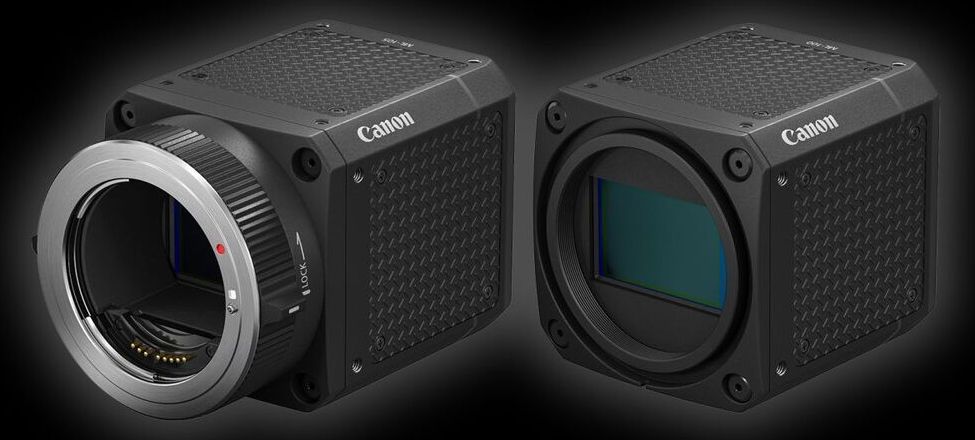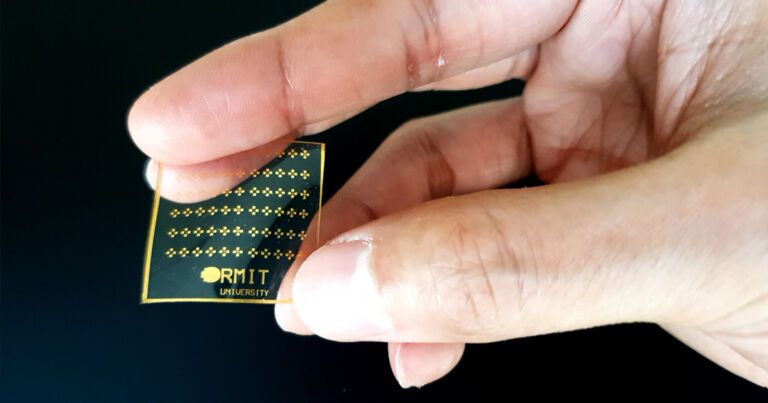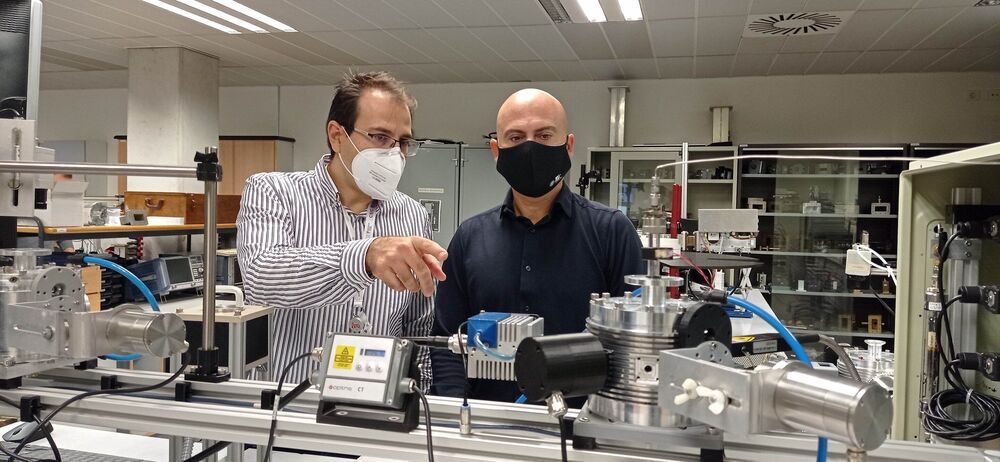About $950 million worth of bitcoin believed to have originated from the site was moved out of a bitcoin wallet, according to Elliptic.


NASA reestablished communication with the Voyager 2 probe that is more than 11.6 billion miles, after the agency went dark in March to complete hardware upgrades on its satellite.


Artificial intelligence helps scientists make discoveries, but not everyone can understand how it reaches its conclusions. One UMaine computer scientist is developing deep neural networks that explain their findings in ways users can comprehend, applying his work to biology, medicine and other fields.
Interpretable machine learning, or AI that creates explanations for the findings it reaches, defines the focus of Chaofan Chen’s research. The assistant professor of computer science says interpretable machine learning also allows AI to make comparisons among images and predictions from data, and at the same time, elaborate on its reasoning.
Scientists can use interpretable machine learning for a variety of applications, from identifying birds in images for wildlife surveys to analyzing mammograms.

How do you *feel* about that?
Much of today’s discussion around the future of artificial intelligence is focused on the possibility of achieving artificial general intelligence. Essentially, an AI capable of tackling an array of random tasks and working out how to tackle a new task on its own, much like a human, is the ultimate goal. But the discussion around this kind of intelligence seems less about if and more about when at this stage in the game. With the advent of neural networks and deep learning, the sky is the actual limit, at least that will be true once other areas of technology overcome their remaining obstructions.
For deep learning to successfully support general intelligence, it’s going to need the ability to access and store much more information than any individual system currently does. It’s also going to need to process that information more quickly than current technology will allow. If these things can catch up with the advancements in neural networks and deep learning, we might end up with an intelligence capable of solving some major world problems. Of course, we will still need to spoon-feed it since it only has access to the digital world, for the most part.
If we desire an AGI that can consume its own information, there are a few more advancements in technology that only time can deliver. In addition to the increased volume of information and processing speed, before any AI will be much use as an automaton, it will need to possess fine motor skills. An AGI with control of its own faculty can move around the world and consume information through its various sensors. However, this is another case of just waiting. It’s also another form of when not if these technologies will catch up to the others. Google has successfully experimented with fine motor skills technology. Boston Dynamics has canine robots with stable motor skills that will only improve in the coming years. Who says our AGI automaton needs to stand erect?


BMW is launching the iX3 electric SUV in Europe with the vehicle arriving at dealerships from China.
Here we share a close look photo gallery of the new electric vehicle.
When unveiling the BMW iX3 concept vehicle in 2018, the German automaker said that it’s going to be the first electric vehicle based on its fifth-generation electric powertrain technology, which is designed to enable longer electric range.
Nuclear fusion is the great hope for generating clean power. Scientists in France have started assembling an enormous international fusion reactor known by the acronym ITER. It has already taken ten years and a global scientific effort to get this far. And now the main construction at the huge complex in southern France will begin, with components sent from all over the world. The idea is to create energy not by splitting atoms like nuclear power stations do now, but by fusing them together.
Subscribe: https://www.youtube.com/user/deutschewelleenglish?sub_confirmation=1
For more news go to: http://www.dw.com/en/
Follow DW on social media:
►Facebook: https://www.facebook.com/deutschewellenews/
►Twitter: https://twitter.com/dwnews
►Instagram: https://www.instagram.com/dw_stories/
Für Videos in deutscher Sprache besuchen Sie: https://www.youtube.com/channel/deutschewelle
#ITER #NuclearFusion #ClimateChange

Woah o,.o!
In recent years, artificial intelligence (AI) tools, including natural language processing (NLP) techniques, have become increasingly sophisticated, achieving exceptional results in a variety of tasks. NLP techniques are specifically designed to understand human language and produce suitable responses, thus enabling communication between humans and artificial agents.
Other studies also introduced goal-oriented agents that can autonomously navigate virtual or videogame environments. So far, NLP techniques and goal-oriented agents have typically been developed individually, rather than being combined into unified methods.
Researchers at Georgia Institute of Technology and Facebook AI Research have recently explored the possibility of equipping goal-driven agents with NLP capabilities so that they can speak with other characters and complete desirable actions within fantasy game environments. Their paper, pre-published on arXiv, shows that combined, these two approaches achieve remarkable results, producing game characters that speak and act in ways that are consistent with their overall motivations.

A team of researchers from the Polytechnic University of Valencia and the Spanish National Research Council (CSIC) has discovered a new method that makes it possible to transform electricity into hydrogen or chemical products solely using microwaves—without cables and without any type of contact with electrodes. This represents a revolution in the field of energy research and a key development for the process of industrial decarbonisation, as well as for the future of the automotive sector and the chemical industry, among many others. The study has been published in the latest edition of Nature Energy, where the discovery is explained.
The technology developed and patented by the UPV and CSIC is based on the phenomenon of the microwave reduction of solid materials. This method makes it possible to carry out electrochemical processes directly without requiring electrodes, which simplifies and significantly cheapens its practical use, as it provides more freedom in the design of the structure of the device and choosing the operation conditions, mainly the temperature. It is a technology with great practical potential, especially for its use in storing energy and producing synthetic fuels and green chemical products. This aspect has significant importance today, as both transportation and industry are immersed in a transition to decarbonise, meaning they have to meet very demanding goals between 2030 and 2040 to decrease the consumption of energy and substances from fossil sources, mainly natural gas and oil, highlights José Manuel Serra, research lecturer of the CSIC at the Chemical Technology Institute.